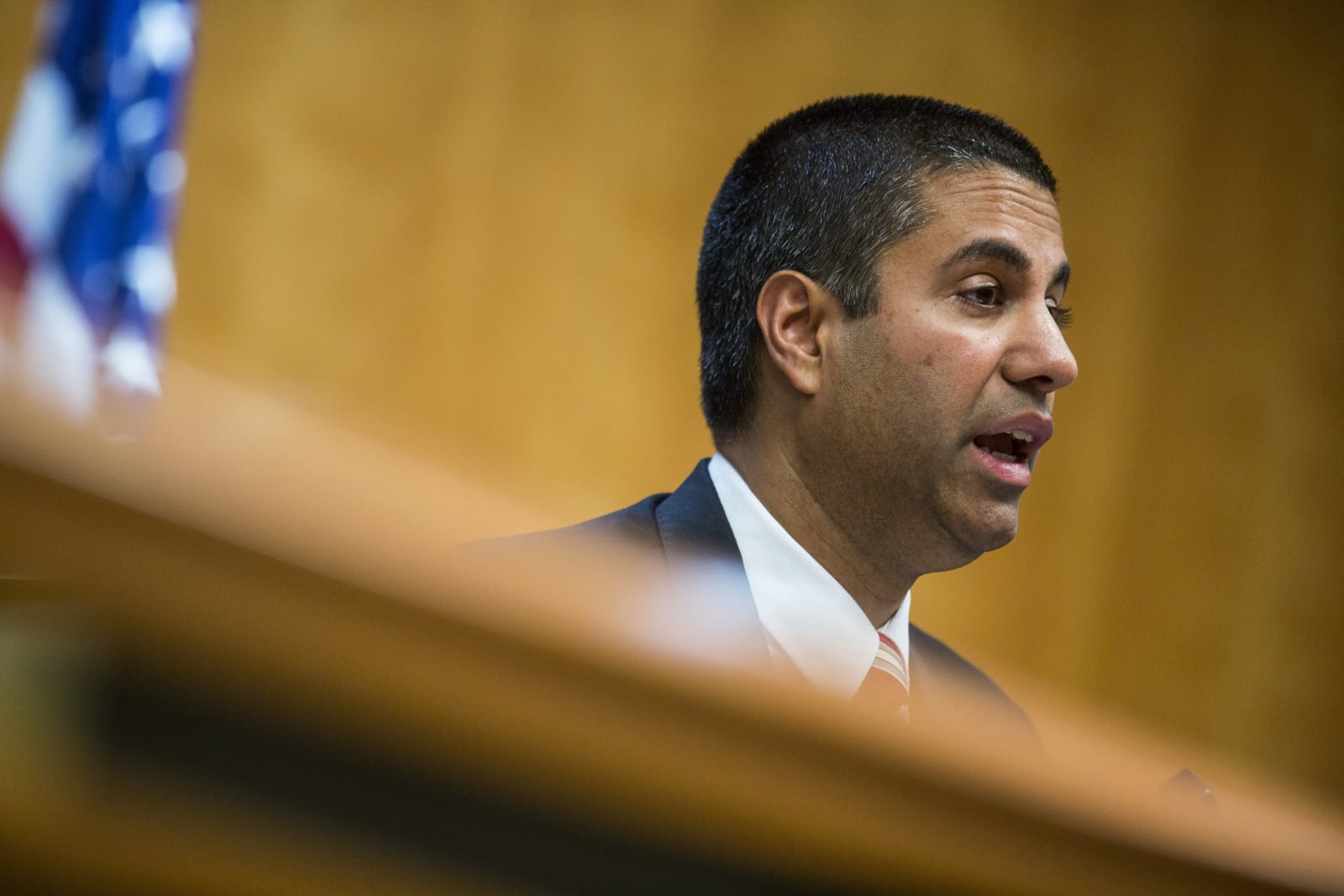Many people remind the sheriff about that whole free speech thing.

Mouse Computer has listed another gaming laptop ‘NEXTGEAR-NOTE i5550BA1-SP’ on its product page. Adopting a hairline treated aluminum top plate, this VR-ready gaming laptop boasts a 15.6-inch 1920 x 1080 Full HD LED-backlight display, a 2.80GHz Intel Core i7-7700HQ processor, an Intel HM175 Chipset, a GeForce GTX 1060 6GB graphics card, an 8GB DDR4 RAM and 500GB hard drive.
Not just that, the system also sports a 1MP webcam, a multi-card reader, 4x USB 3.0 ports, 1x HDMI output port and built-in stereo speakers w/ subwoofer. Running on Windows 10 Home 64-bit OS, the NEXTGEAR-NOTE i5550BA1-SP provides WiFi 802.11ac and Bluetooth 4.2 for connectivity.
The Mouse Computer NEXTGEAR-NOTE i5550BA1-SP will set you back 139,800 Yen (about $1,230). [Product Page]
The post Mouse Computer NEXTGEAR-NOTE i5550BA1-SP 15.6-Inch Gaming Laptop appeared first on TechFresh, Consumer Electronics Guide.
![]()

Always stay connected with this 3G Android tablet. Ideal for students and first-time tablet users, this budget-minded Android tablet packs a 9.7-inch 1024 x 768 10-point capacitive multi-touch display, a 1.3GHz MT6582 quad-core processor, a Mali 400 MP GPU, a 1GB RAM and a 16GB of internal storage.
Coming with dual micro-SIM card slots, the tablet sports a 0.3MP front-facing camera, a 2MP rear-facing camera with 720p HD video recording, a microSD card slot (up to 32GB), an FM radio, a mini-USB port, a 3.5mm audio jack, a 5000mAh battery and built-in microphone/speaker.
Running on Android 5.1 OS, the tablet provides 3G, WiFi 802.11 b/g/n, Bluetooth and GPS for connectivity. Grab yours now for just $98.32. [Product Page]
The post Take Home This Budget-Minded 3G Android Tablet appeared first on TechFresh, Consumer Electronics Guide.
![]()

LiteOn has unveiled a new line of SATA 6.0 Gbps SSDs, the CV6. Coming in three different storage capacities: 128GB, 256GB and 512GB, these slim 2.5-inch SSDs (7mm thick) are built with Toshiba-made 3D TLC NAND Flash memory chips, a SATA 6.0 Gbps interface, a Marvell 88SS1074 controller, SMART support, TRIM support, Password Protection support and an MTBF of 1.5 million hours.
Made for everyday usage, gaming, multi-media and visual effects editing, the CV6 SSDs promise to deliver sequential read/write speeds of up to 520/450MB/s (128GB model), 520/450MB/s (256GB model) and 520/450MB/s (512GB model), respectively. Unfortunately, there’s no word on pricing yet. [Product Page]
The post LiteOn CV6 SATA 6.0 Gbps SSDs Unveiled appeared first on TechFresh, Consumer Electronics Guide.
![]()
 Canon just revived one of its classic rangefinder cameras, but you won’t be able to take photos with it. The camera comes in a miniature form-factor and contains within it a modest USB flash drive, giving camera lovers and photographers alike an unusual way to store and transport their images. The ‘camera’ includes a realistic lens. Canon is no stranger … Continue reading
Canon just revived one of its classic rangefinder cameras, but you won’t be able to take photos with it. The camera comes in a miniature form-factor and contains within it a modest USB flash drive, giving camera lovers and photographers alike an unusual way to store and transport their images. The ‘camera’ includes a realistic lens. Canon is no stranger … Continue reading![]()
 Like other streaming services, Amazon has been hunting for sporting events to feature on its Prime Video platform. Earlier this year, the company took over NFL Thursday game livestreaming from Twitter. Today, the company announced it’s snagged rights…
Like other streaming services, Amazon has been hunting for sporting events to feature on its Prime Video platform. Earlier this year, the company took over NFL Thursday game livestreaming from Twitter. Today, the company announced it’s snagged rights…

 The removal of a physical home button, an edge-to-edge display, and a facial recognition system, these are all features that we have seen before prior to the iPhone X, but perhaps it could be how Apple implemented these features and made them all work because it seems that TIME has deemed it fit to declare the iPhone X as one of the “25 Best Inventions of 2017”.
The removal of a physical home button, an edge-to-edge display, and a facial recognition system, these are all features that we have seen before prior to the iPhone X, but perhaps it could be how Apple implemented these features and made them all work because it seems that TIME has deemed it fit to declare the iPhone X as one of the “25 Best Inventions of 2017”.
The publication does not detail how they managed to arrive at that conclusion, but it seems that the iPhone X has managed to make the cut. The post talks about how “sophisticated” the iPhone X is, thanks to its edge-to-edge display, the implementation of augmented reality features, and also the decision to ditch the physical home button, a feature which has been a staple since the first iPhone model.
They also mention its facial recognition features, although they do acknowledge that Samsung and LG were some of the first to implement it. They also point out how its starting price of $999 makes it is the most expensive iPhone yet, although Apple’s design chief Jony Ive was quoted as saying, “As you would expect, there’s a financial consequence to integrating the sheer amount of processing power into such a small device.”
That being said whether or not you agree with TIME’s choice of awarding the iPhone X with the honor of being one of the “25 Best Inventions of 2017”, it’s hard to argue with the numbers as initial reports have claimed at least 9-12 million units were pre-ordered within the first 3 days of availability.
iPhone X Named As One Of TIME’s ‘25 Best Inventions Of 2017’ , original content from Ubergizmo. Read our Copyrights and terms of use.
 You might have heard that according to recent user reports, the iPhone X’s screen can become unresponsive when in cold weather. It is rather strange considering that this has never really been an issue (or at least a widely-reported one) for previous iPhones, but the good news is that this is not a hardware defect.
You might have heard that according to recent user reports, the iPhone X’s screen can become unresponsive when in cold weather. It is rather strange considering that this has never really been an issue (or at least a widely-reported one) for previous iPhones, but the good news is that this is not a hardware defect.
Apple has since released an update for iOS 11 which bumps it to iOS 11.1.2, and according to the changelog it seems that the update will fix the problem. It reads, “Fixes an issue where the iPhone X screen becomes temporarily unresponsive to touch after a rapid temperature drop”. Apple does not detail the reasons why this happens, but like we said the good news is that it appears that a software update will fix the problem, so customers can save themselves a trip to the store.
In addition to addressing the unresponsive screen due to cold weather, the update to iOS 11.1.2 will also address a problem where there is distortion when using the iPhone X to capture Live Photos or videos. This isn’t really a problem that we’ve heard about yet, but if you are noticing some distortions then hopefully this update will fix that.
The update for iOS 11.1.2 should already be live so if you haven’t updated your iPhone X, then you should probably do so.
iOS 11.1.2 Update Will Fix iPhone X Cold Weather Unresponsiveness , original content from Ubergizmo. Read our Copyrights and terms of use.
 Malware, viruses, hacks; those are security issues that aren’t exactly new, but unfortunately it seems that some platforms are more affected than most. According to Nokia’s latest Threat Intelligence Report, it seems that they have discovered that Google’s Android platform is by far the most targeted by malware.
Malware, viruses, hacks; those are security issues that aren’t exactly new, but unfortunately it seems that some platforms are more affected than most. According to Nokia’s latest Threat Intelligence Report, it seems that they have discovered that Google’s Android platform is by far the most targeted by malware.
As you can see in the pie chart above, it shows the device breakdown for 2017 and based on that, Nokia’s report suggests that Android commands a whopping 68.5% of the chart when it comes to malware infections. The next biggest platform goes to Windows/PCs for 27.96%, while the rest goes to remaining devices such as the iPhone and presumably other platforms like Linux, Unix, Mac, etc.
According to Nokia, they believe Android is easily targeted due to the fact that apps can be easily side-loaded from third-party websites that don’t necessarily have the security measures in place that Google has for the Play Store.
“The main reason that the Android platform is targeted, is the fact that, once side-loading is enabled, Android applications can be downloaded from just about anywhere. Despite the very successful efforts by Google to ensure that the Play Store is malware free, Android users can continue to install apps by clicking on links in text messages and e-mail. In addition, in many regions third-party app stores have become the norm.”
Nokia’s findings seem to be in line with a recent report from Google themselves, who found that Google accounts tend to be hijacked most commonly through phishing. Unfortunately malware is something that will continue to exist, but being aware of what could get you infected probably goes a long way in preventing that.
Report Claims Android Is The Most Targeted By Malware , original content from Ubergizmo. Read our Copyrights and terms of use.
















